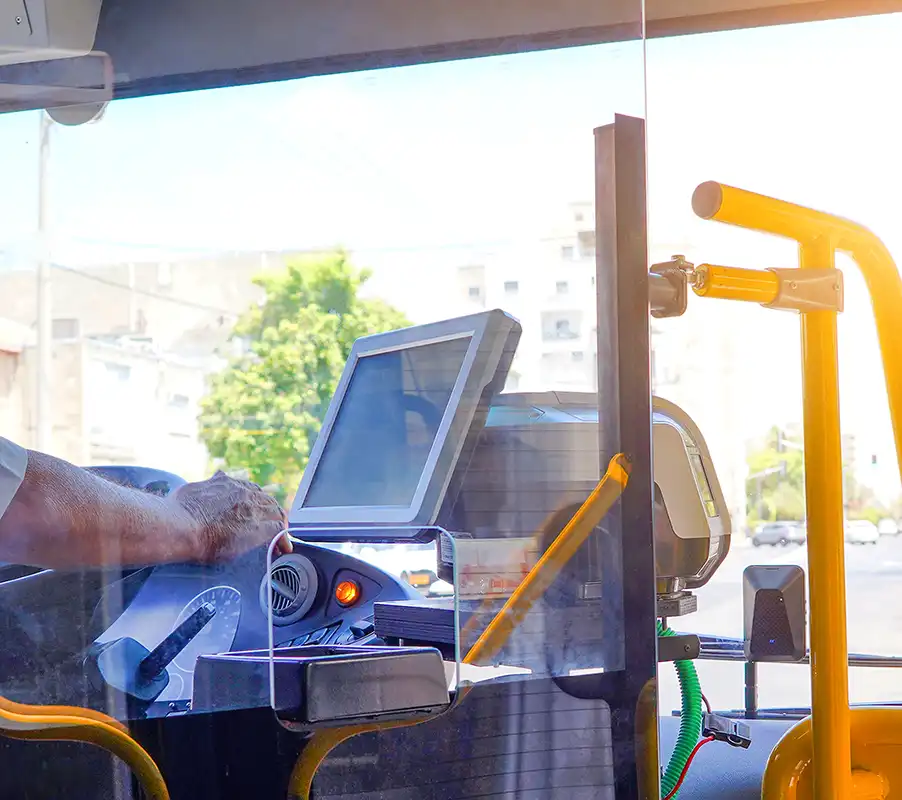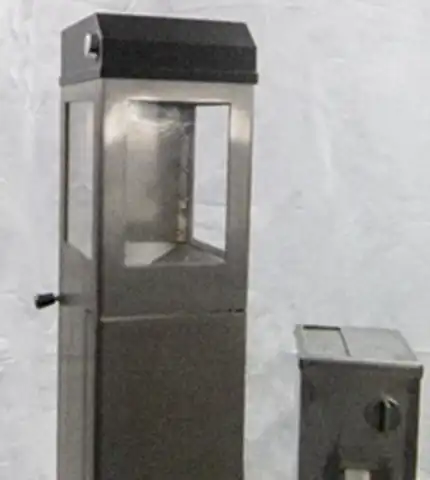
Open Credit Payment: Challenges & Opportunities
Open credit payment, or open-loop payment systems, present several challenges for transit fare collection in Canada, contributing to slower adoption compared to other regions, despite their many potential benefits.
One key hurdle is the entrenched preference and policy bias among Canadian transit agencies toward closed-loop fare cards like Presto. Agencies tend to target open credit payments mainly for occasional riders rather than promoting them broadly, which limits their uptake. This conservative approach partly stems from concerns about the higher transaction costs inherently associated with credit and debit card payments compared to closed-loop systems, which transit agencies themselves operate. These costs present a financial challenge as they must be balanced with providing convenient payment options while protecting fare revenue.
The technical environment of public transit also imposes unique difficulties for open credit payments. For instance, contactless payment terminals at transit entry points must authorize rides within milliseconds to keep passenger flow moving smoothly. However, real-time authorization from banks or card networks often cannot be completed quickly enough, leading to the risk of allowing riders to board without confirmed payment—referred to as “first tap risk.” Additionally, these terminals cannot perform cardholder verification methods like entering a PIN or signature, which weakens fraud prevention measures and increases the reliance on quick offline transaction validation.


Open Payments: Accessibile & Convenient for all Riders.
Supporting concession fares, discounts, and fare capping is more complex with open-loop systems, which struggle to reflect the nuanced fare policies transit agencies offer certain passenger groups. There are also enhanced vulnerabilities to fraud, including tokenization issues in digital wallets, requiring robust security and monitoring systems.
From the user perspective, reliability challenges still exist. Some riders report declined or failed credit card payments at transit access points, causing frustration and distrust in open payment solutions. Infrastructure upgrades necessary to enable smooth open credit payments are costly and require phased implementation, so availability remains uneven across Canadian cities.
Nonetheless, there is significant interest and growing momentum for open credit payment systems in Canada, especially with the widespread use of contactless debit cards like Interac Flash, which could reach over 90% of Canadians. Cities such as Edmonton are piloting trials, taking deliberate steps to incorporate direct tap credit and debit payment options alongside closed-loop cards. Advocates believe that once technical and cost barriers are managed, open payments could greatly enhance transit accessibility and convenience for all riders.
Conclusion
In summary, Canadian transit agencies face a complex mix of financial, technical, and policy challenges in adopting open credit payments. These include balancing transaction costs, managing fraud and security risks, supporting fare complexity, ensuring a reliable user experience, and upgrading infrastructure. While progress is underway, full mainstream adoption of open credit payment for transit fares in Canada will likely take more years of refinement and investment to address these multifaceted challenges effectively.

